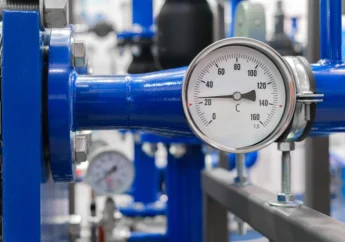Technology Used By Civil Engineers
by Arnab Dey Technology Published on: 01 September 2022 Last Updated on: 03 September 2022

Technology advances rapidly and affects every industry and how work is done. Civil engineering has been able to leverage these changes in its sector to work more efficiently and accurately.
Here are some of the latest technologies used by civil engineers to improve their working environment.
1. Drones

Civil engineers are using drones for surveying land. This is an efficient way to assess large tracts and those that are difficult to navigate safely, for example, mountainous terrain.
Additionally, drones can be used for carrying out inspections and obtaining aerial views. Managers can check the safety factors of staff working on scaffolding or with heavy equipment without having to climb themselves.
2. CAD software
CAD software in civil engineering has replaced the graph paper and tape measures of yesterday. This has taken much of the monotony out of the work. It is not necessary to make a physical prototype first as corrections are made in the program and designs can be made in 2D and 3D using the software.
3. Remote Sensing
Remote sensing includes technology such as thermal cameras that can be sent to detect hot spots, for example on pipes under the ground.
This saves the manager the cost of sending a team out first to take readings and action can be taken immediately. The spared team can attend to other aspects of the project instead.
Another use of remote sensing is directing an unmanned aircraft to obtain aerial views. Videos can also be made. Also, a drone could be sent.
With improved technology, civil engineers are not confined to a site but can be where they are needed most while still managing their projects completely.
The technology used by a civil engineering Louisville KY firm enables these professionals to do more, faster and smarter. Cloud technology makes it possible to interact with stored data from any device or location.
4. IoT
The Internet of things (IoT) has made vast changes to what is possible. IoT-enabled sensors can collect data from machinery, equipment, and even infrastructure such as underground pipes.
With the latter, a civil engineer can establish how much water is flowing in a specific pipe to determine if there is a leak. There is no need to dig up anything until the problem spot has been located.
5. Building Information Modeling (BMI)

BMI is a great way to view a complete project in real time. Used with data visualization technologies, BMI tracks every aspect or part of a building being constructed. This is achieved with sensors lodged in building materials and cameras. BMI makes for fruitful project meetings.
6. Big Data
Big data is a technology that manages huge amounts of information, finds patterns and trends, and can make forecasts, such as the optimal time for interventions.
For example, traffic signal phasing along major routes can read the traffic flow from even minor roads and determine how to move traffic more efficiently.
Civil engineers can use big data to respond to natural disasters like floods and earthquakes.
Technology will continue to evolve and influence the way civil engineers conduct their roles, tasks, and activities.
Read Also:







































































































